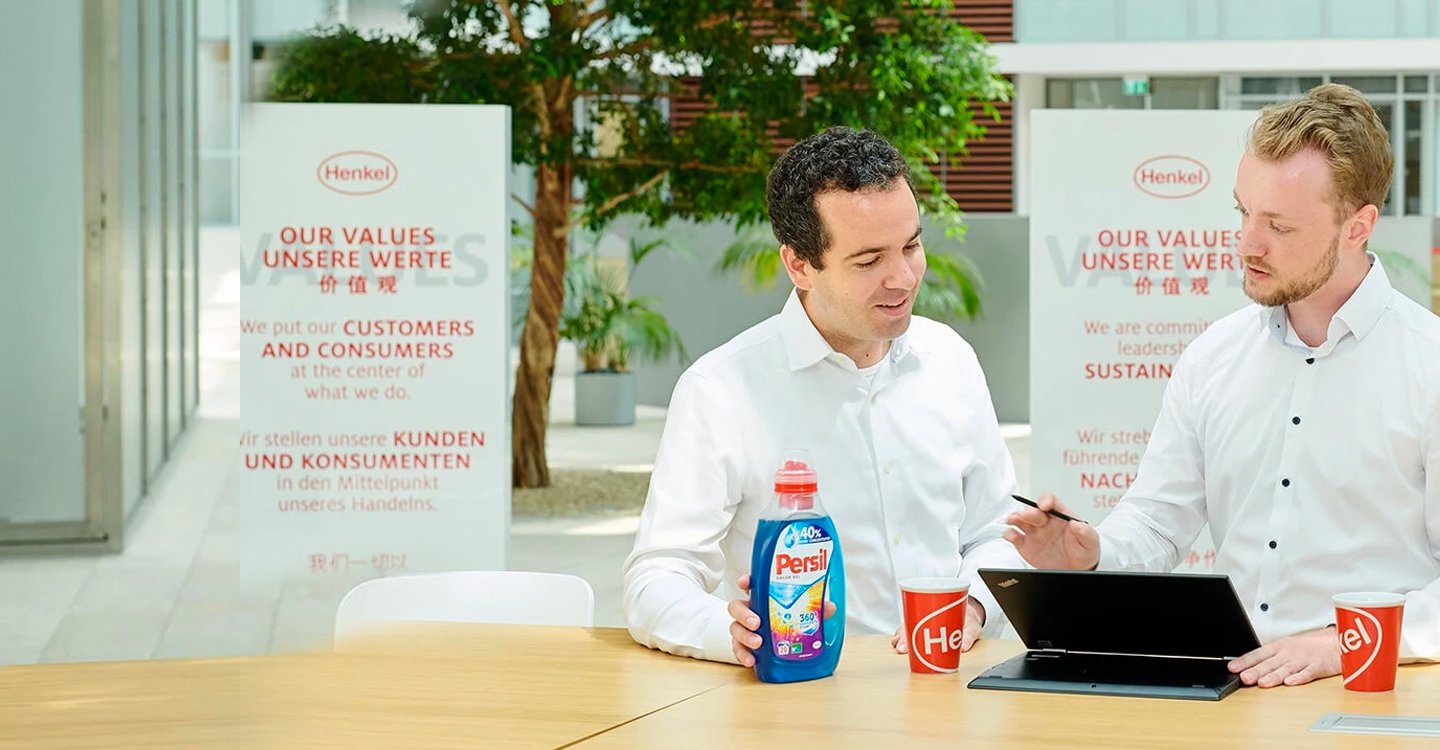Optimizing collaboration and employee experience from entry to exit
August 8, 2024 / Rich Owen | Stacy Harder
Short on time? Read the key takeaways:
- The user life cycle for employees, encompassing onboarding, role changes, ongoing engagement, and offboarding, is crucial for job satisfaction and organizational success.
- Collaboration technologies, including AI assistants, cross-platform integrations, and immersive tools, enhance efficiency and improve the end-user experience throughout the life cycle.
- Best practices for collaboration include establishing clear goals, fostering an inclusive culture, leveraging appropriate technology, and continuously evaluating efforts.
- Addressing challenges like resistance to change and communication silos is essential for creating a more collaborative and efficient employee experience.
An employee’s experience using work-related technology directly correlates with their satisfaction as an employee. This journey, known as the user life cycle, is crucial to your organization’s success.
While the concept may seem straightforward, the vital role of collaboration in shaping this cycle to improve both employee experiences and customer outcomes is often overlooked. Let's explore how collaboration can enhance each step.
Four key user life cycle stages
The user life cycle encompasses an employee's entire journey within a company, focusing on their access to technology and resources. A well-crafted experience serves as the foundation for meaningful collaboration across your organization.
By prioritizing collaboration at every stage, organizations can create a more engaged, productive, and innovative workforce. The key is to continuously adapt, leverage new technologies wisely, and always keep the employee experience at the forefront. Here’s how across the four key stages:
1. Onboarding
- Provide clear instructions for accessing company systems and collaboration platforms.
- Set up email, document access, and relevant software before the employee's first day.
- Customize digital and physical workspaces based on the employee's role.
- Use platforms like Microsoft Teams for smooth knowledge transfer from outgoing employees.
2. Dynamic role changes
- Adjust access permissions and security clearances as employees change roles or projects.
- Implement strong governance and automate access changes to ensure data privacy and minimize security risks.
3. Ongoing engagement
- Continuously update and improve handover procedures for knowledge continuity.
- Include new hires in relevant ongoing conversations, calendars and meetings to foster faster integration.
4. Offboarding
- Quickly revoke access to sensitive data when an employee leaves.
- Consider offering alumni limited access to specific resources to support career transitions.
Enablers and technologies for collaboration
As workplaces evolve, cutting-edge collaboration technologies are transforming how teams work together. These technologies enhance efficiency and significantly improve the end-user experience at every stage of their journey, from onboarding to offboarding. Key innovations include:
- AI-powered assistants: These digital helpers summarize discussions, suggest relevant resources and automate scheduling and task management. They streamline workflows and help employees stay focused on high-value tasks.
- Cross-platform integrations: Modern collaboration tools now offer seamless connections between communication, project management and CRM systems. Document editing is often embedded within chat interfaces, allowing for real-time collaboration without switching applications.
- Immersive technologies: Virtual reality meeting rooms enable remote teams to brainstorm in shared virtual spaces. Augmented reality provides real-time guidance for field work, improving training and problem-solving capabilities.
- Collaboration analytics: Advanced analytics tools identify key collaborators and potential silos within organizations. They offer insights into team dynamics and tool usage, helping managers optimize collaboration strategies.
- Advanced security features: To protect sensitive information, collaboration platforms now include automated data classification and blockchain-based verification for critical communications. These features ensure data security throughout the user life cycle.
- Diverse accessibility considerations: AI-enhanced collaboration platforms are powerful tools that can remove barriers that once existed and improve the end-user journey.
Creating an inclusive user life cycle
Throughout an end user’s journey, collaboration and productivity tools empower those with diverse accessibility needs to contribute their talents and work effectively. Incorporating accessibility into every stage can foster a truly inclusive work environment where everyone can thrive. For example:
- Pre-onboarding: Provide end users with the choice of collaboration and technology tools which include text-to-speech, customized fonts, and closed captions.
- Ease of onboarding: Offer clear and concise onboarding materials available in multiple formats (text, video). Design interfaces that allow navigation using just keyboards, voice or just with a mouse.
- Collaboration: Implement real-time editing tools to brainstorm and collaborate, voice dictation to contribute ideas, and focus modes within tools to minimize distractions.
- Communication: Offer options for text chat, video conferencing or audio calls based on comfort level and the appropriate hardware and peripherals. Provide live transcription during meetings to follow conversations easily and not be distracted.
- Content creation: Incorporate grammar and spell check, text predictions, AI co-pilots as well as organizational tools to stay on track.
- Offboarding: Conduct knowledge transfer sessions utilizing a combination of written guides, screen recordings with voice narration and optional in-person sessions making it easier for everyone.
Challenges and solutions
Enhancing collaboration across the user life cycle can present two main challenges. By focusing on these areas, companies can create a more inclusive, efficient, and collaborative environment:
- Resistance to change: Employee resistance to change can hinder the adoption of new tools and processes. This can be addressed through organizational change management programs, comprehensive training and clear communication of benefits.
- Communication between teams: Silos between teams can fragment the user experience. To combat this, organizations should promote cross-functional collaboration and establish clear communication channels. Leveraging appropriate collaboration technologies, potentially including AI-powered tools, can help overcome these challenges. However, it's crucial to select solutions that align with your specific needs and resources.
The path forward
As you reflect on your organization's collaborative practices, consider conducting an audit of your current user life cycle by taking our Employee Tech Health Check. Identify areas where enhanced collaboration could drive improvements in employee engagement, productivity, and innovation. Remember, small changes can lead to significant impacts.
Ready to transform your user life cycle through collaboration? Contact our team of experts to explore tailored solutions for your organization's unique needs.



















